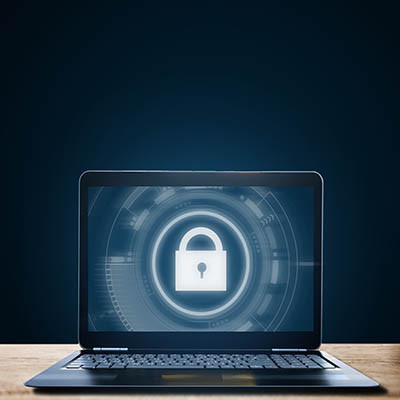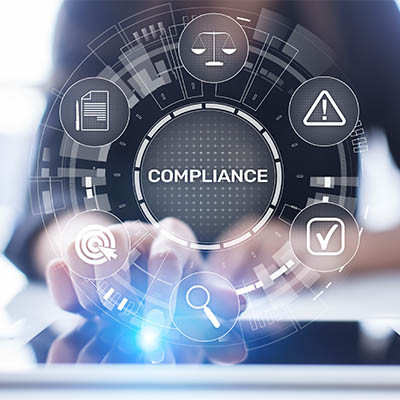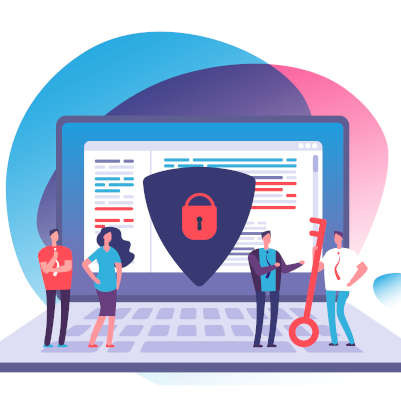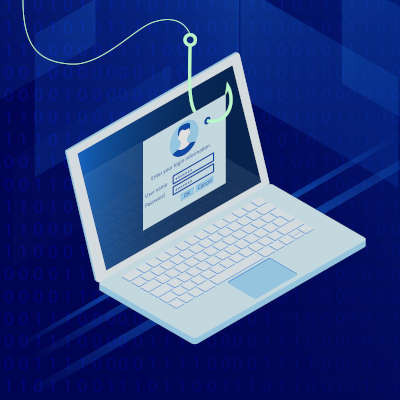Millions of people find themselves sitting in front of a computer moving files around and corresponding with people over the phone, through email, or updating info in the company’s line of business app. What many of them don’t know, however, is that, at any time, they are only a couple of clicks away from causing major problems for their company. This is why it is extremely important to train your staff on what to look for and how to address those situations when they do arise.
Argentum IT LLC Blog
According to a survey conducted by Splunk and Enterprise Strategy Group, more business leaders intend to funnel funding into their cybersecurity—88 percent of respondents reporting a planned increase into their investments, 35 percent reporting that these boosts will be substantial. Let’s examine a few of the insights that this survey has revealed.
Last weekend saw a significant cyberattack waged against the world’s largest meat processor and distributor, JBS S.A., that completely suspended the company’s operations in both North America and Australia… and as a result, has impacted the supply chains associated with the company. Let’s examine the situation to see what lessons we can take away from all this.
Most accounts these days require a password of some sort, and as such, the average user has countless of these codes that need to be kept both secure and top-of-mind. Some web browsers have built-in password management tools to help make them more user-friendly, but with so much convenience involved, one has to ask whether or not these built-in management tools are as secure as they should be.
Most businesses have compliance regulations they need to meet. 2021 is becoming somewhat of a tipping point for some. Companies are dealing with the development of new data privacy laws that will surely add some responsibilities on top of already established regulations. This month, we thought we’d take a look at compliance and why it is important to stay on top of it.
Ransomware has been a real problem for the past several years. Once known for breaching networks directly, the establishment of uncrackable encryption left hackers looking to change their strategies. Today, they use scams to get people to give them access to network resources. If they are successful, it can deliver more than headaches for a business. Let’s look at what makes ransomware so dangerous and how your company can combat the constant attacks that come your way.
Your business’ data is perhaps its most crucial resource—which is why it is so important that it remains protected against all threats (including those that come from within your own business). Consider, for a moment, the ongoing trial of Xiaorong You, going on in Greenville, Tennessee. Accused of stealing trade secrets and committing economic espionage, You allegedly stole various BPA-free technologies from various companies—including Coca-Cola and the Eastman Chemical Company, amongst others—to the tune of $119.6 million.
We always picture hackers as these foreboding, black-clad criminals, smirking through the shadows cast in their dark room by their computer monitor. Hardened, uncaring individuals who don’t go outside very often, staring at code as if they were able to decipher the Matrix.
It’s time we give up this persona and stop mystifying cybercriminals. Why?
It only takes a few bucks and some spare time to truly hold an individual’s data hostage.
We typically like to remind people as much as we can of the importance of staying up-to-date with your organization’s cybersecurity. There are plenty of things you can do to strengthen your grip on your network. This month we thought we’d go over some of the solutions we offer to help our clients secure their network and infrastructure.
By now, everyone knows that businesses can be defined on how they approach cybersecurity. Unfortunately, even if your business makes a comprehensive effort to protect your network and data from data breaches, all it takes is one seemingly minor vulnerability to be exploited to make things really hard on your business. Let’s take a look at the major data breaches that have happened since the calendar turned to 2021.
It is only too common for people to have very different personalities in the office as they do during their off hours, with different standards and practices to suit them. While there is absolutely nothing wrong with that on the surface, you need to be sure that they are at least upholding the kind of security best practices that you expect of them in the office while they are at home.
Healthcare is a hot-button issue regardless of where you live. As a result you’d think that the industry would be one of the first to implement new information technology. Unfortunately, the healthcare industry has sometimes lagged behind other industries on the deployment of new IT tools. One technology that is being used in the development of new IT tools for healthcare is blockchain. Let’s discuss how blockchain technology is being utilized and how it can change the face of patient care going forward.
A lot has been made about biometric authentication over the past decade, so much so that it has been loosely integrated into a lot of the access control mechanisms on most modern mobile devices. Fingerprint scanners, retina scanners, and facial recognition are all part of the transition to biometrics to enhance security and privacy. For modern businesses, however, implementing biometrics can have some major drawbacks. Today, we will go over the pros and cons of biometric authentication.
Gmail has proven to be as secure as most other email platforms, but email is email and there are times when you send an email that isn’t opened promptly and you’d rather not have the information in that message get sent around or archived where you can’t control it. Now Gmail has added a feature that allows users to send messages that will delete themselves in a predetermined time frame, and work to keep the contents of those messages from being shared. Let’s take a look at them today.
With all the threats covered in mass media nowadays, it can be too simple to get the mistaken impression that the biggest threats to your business are all external. We’re telling you right now that plenty of vulnerabilities first come from inside your business, both creating significant dangers independently and simplifying the job for external threats as well. Let’s go over a few of the dangers that could originate from inside your business itself.
While it initially sounds promising to hear that the number of data breaches seen last year went down significantly, it is important to recognize that the number of data records leaked as a result more than doubled. One clear cause was the resurgence in the use of the underhanded malware variety known as ransomware. With this suggesting an increased threat of ransomware incoming, can you confidently say that your business’ team is ready to deal with it?
For a very long time, Apple has been requested to share a workaround for their platform security with law enforcement, which the company has refused outright. Their argument has been that doing so would inherently undermine their lauded security. Well, the feds have given up asking, because they went ahead and developed a workaround themselves… and in doing so, have revealed that iOS isn’t quite as secure as it was purported to be.
Gmail is as secure as any comparable email platform, but there may be some messages you send that you’d rather not have hanging around in someone’s inbox. However, did you know that Gmail enables you to send messages that delete themselves after a set timeframe… while also preventing the contents from being forwarded, downloaded, copied, or printed?
What would you consider to be the biggest threat to your business and its continued operations? Cybercrime? A natural disaster? What if I told you that it was the team members that you have employed—whether they meant to be or not? This is the hard truth that you need to prepare your business to resist.
The smartwatch is one of the most popular gifts given to technology lovers; and, they have quite a bit of utility. They can help improve communication, health, and of course give them a sleek accessory. One problem that people don’t often consider is how their employer has to handle the influx of smartwatches and other IoT devices that are brought to work after the holidays. Today, we’ll briefly discuss how Internet of Things devices could be security risks and what a business should do about it.




















